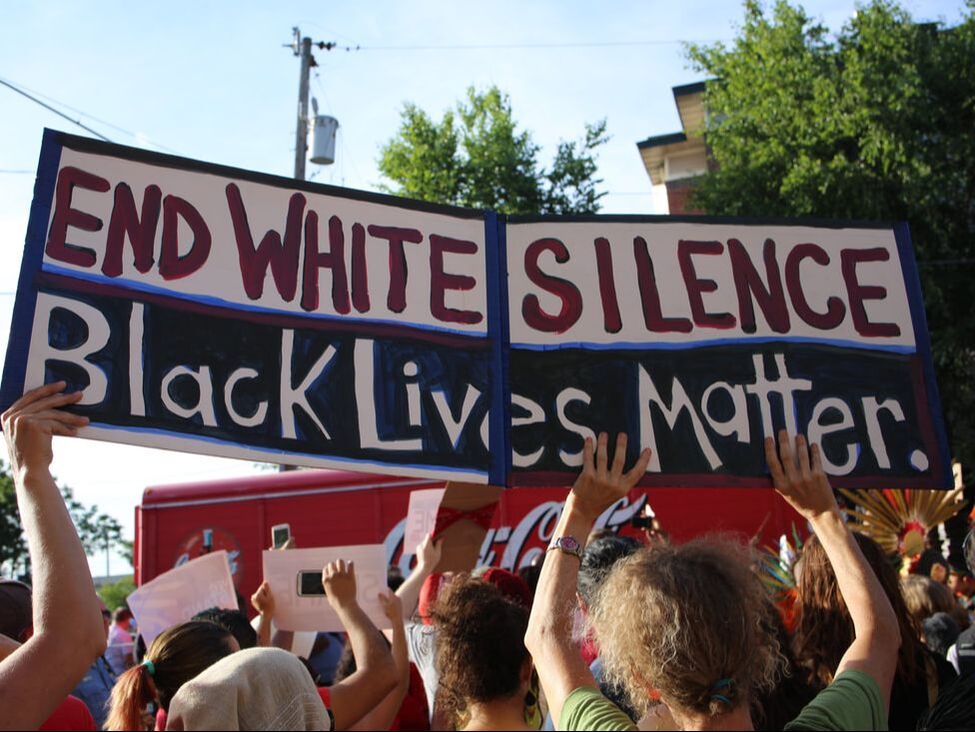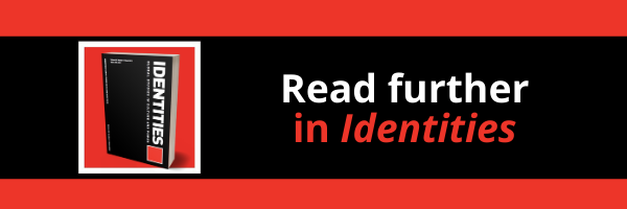|
|
|
The murder of George Floyd in the spring of 2020 sparked an outcry against police brutality and racial injustice in the United States. In the wake of the killing, support for the Black Lives Matter movement rose sharply among white Americans. Shows of support ranged from the (controversial) posting of blacked-out photos on Facebook and Instagram, to patronage of black-owned businesses, to marching in BLM protests.
We are now more than a year out from George Floyd’s killing. Much of the antiracist fervour expressed by progressive white Americans in 2020 appears to have fizzled. According to a Politico/Morning Consult poll, the percentage of white Americans with positive evaluations of the Black Lives Matter movement has declined significantly since last summer. Some see this change as an indication of the superficiality of many white Americans’ involvement in antiracism. While this may be true, our Identities article, 'Racemaking in New Orleans: racial boundary construction among ideologically diverse college students', points to the important role of racial boundary construction in limiting white Americans’ involvement in antiracist efforts.
In our study, we investigate white Tulane University students’ perceptions of and reactions to racial inequality in the aftermath of a natural disaster in New Orleans: Hurricane Katrina. For many, widespread racial and economic inequalities in New Orleans, as well as the nation as a whole, were exposed by the hurricane. As a result of historic redlining in the city, the communities hardest hit were predominantly poor and black. Many viewed the slow government response to the crisis as arising from a lack of concern for black and impoverished populations.
In early 2009, we interviewed white Tulane University students in New Orleans about their reactions to Hurricane Katrina’s aftermath. About one quarter were critical of the government response and expressed concern about racial inequality in the city. Some students enrolled at Tulane to contribute to the recovery process. Yet, the interviews revealed that the everyday behaviours of these students, as well as those of their politically conservative classmates, maintained and reinforced boundaries between themselves and black Americans. This boundary making led their concerns about racial inequality to fall to the wayside and stalled involvement in antiracist efforts. The racial boundary making practices of white Tulane students fell into two types: symbolic boundary construction and spatial boundary construction. Symbolic boundaries are constructed through language: individuals draw boundaries between themselves and those they perceive as an out-group/'Other' by highlighting perceived differences in culture, character or values. About 20 percent of students we interviewed, for example, portrayed black Americans as inferior to white Americans in work ethic, self-discipline and economic value. They employed the language of colour-blind racism to hide the white supremacist undertones of their views. Notably, however, even white Tulane students who were critical of colour-blind racism and angered by racial inequality in the United States engaged in symbolic boundary construction. These students constructed black Americans as an antagonistic 'Other'. In fact, more than half of the students we interviewed expressed racialised anxiety or fear when it came to interacting with black Americans. Students told stories of feeling antagonised by a black classmate or service worker, for example, or unsafe around a black stranger. This perception of black Americans as an antagonistic 'Other' led white Tulane students to also engage in spatial boundary making. The students we interviewed rarely ventured outside of white and affluent areas of New Orleans. Some students intentionally avoided areas associated with blackness, while others simply expressed a lack of interest in leaving the 'Tulane Bubble'. Regardless of intention, the effect was the same: students helped build boundaries between white and black spaces in the city. In our Identities article, we argue that racial boundary construction in the United States has roots in white supremacy. White supremacy arose to justify colonialism and slavery but was later used to maintain the social and economic standing of white Americans post-civil war. The idea that black Americans are an inferior or antagonistic 'Other' helped keep black bodies out of white social spaces after the abolition of slavery. Since social and economic resources were often concentrated in white communities, this situation allowed white Americans to hoard opportunities and maintain privilege. By maintaining boundaries between white and black social spaces, perceptions of racial difference were also able to persist, and so the cycle continued. We saw the implications of such racial boundary construction for anti-racist efforts in post-Katrina New Orleans. While most Tulane students we interviewed participated in social or political activism, almost none engaged in antiracist activism. For politically conservative students, the symbolic and spatial boundaries they constructed between themselves and black Americans led to racial apathy. For more progressive students, staying within predominantly white and affluent areas of the city allowed concerns about racial inequality to fade to the background. Some students also expressed discomfort at the idea of crossing racial boundaries to engage in antiracist efforts. Racial boundary construction may also explain waning support among white Americans for the Black Lives Matter movement. Without coupling rising awareness of systemic racism with efforts to break down symbolic and spatial boundaries between white and black Americans, white Americans are liable to disappear into the comfort of white spaces and leave concerns about racial inequality to those on the other side of the wall. The original goal of racial boundary making is thereby achieved: the preservation of the privileged social and economic position of white Americans.
Blog post by Natalie A.E. Young, University of Pennsylvania, Philadelphia, USA
Read the Identities article: Young, Natalie A.E. & Gutiérrez Nájera, Lourdes. Racemaking in New Orleans: racial boundary construction among ideologically diverse college students. Identities: Global Studies in Culture and Power. DOI: 10.1080/1070289X.2016.1148606
Explore other relevant Identities articles:
Black in the city: on the ruse of ethnicity and language in an antiblack landscape On deaf ears: anti-black police terror, multiracial protest and white loyalty to the state ‘Actually what is happening is that these constructs are being built for us’: appraising the status and future of race in progressive political struggle
0 Comments
Your comment will be posted after it is approved.
Leave a Reply. |
|
Explore Identities at tandfonline.com/GIDE |
|
The views and opinions expressed on The Identities Blog are solely those of the original blog post authors, and not of the journal, Taylor & Francis Group or the University of Glasgow.


